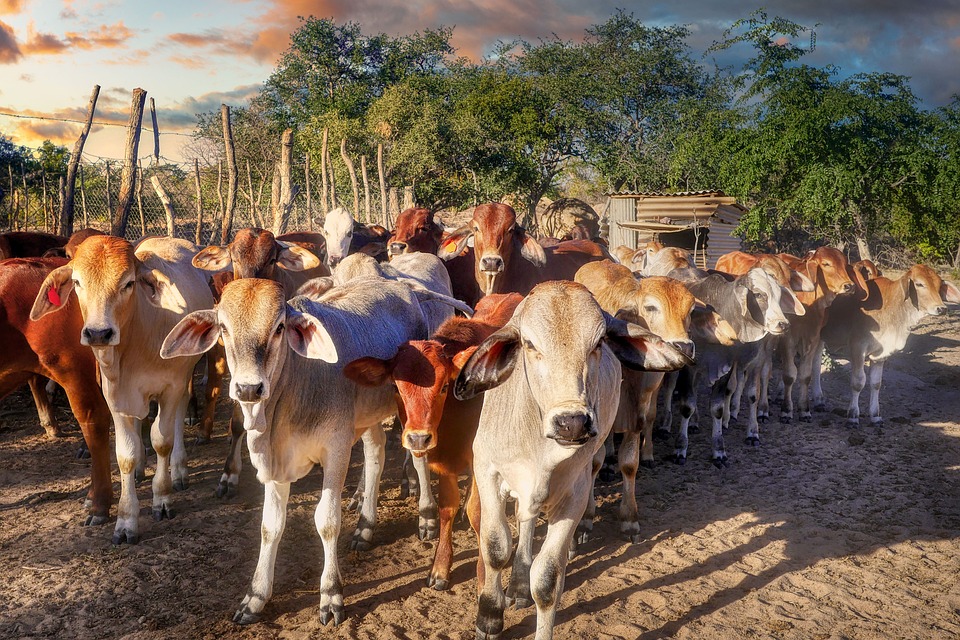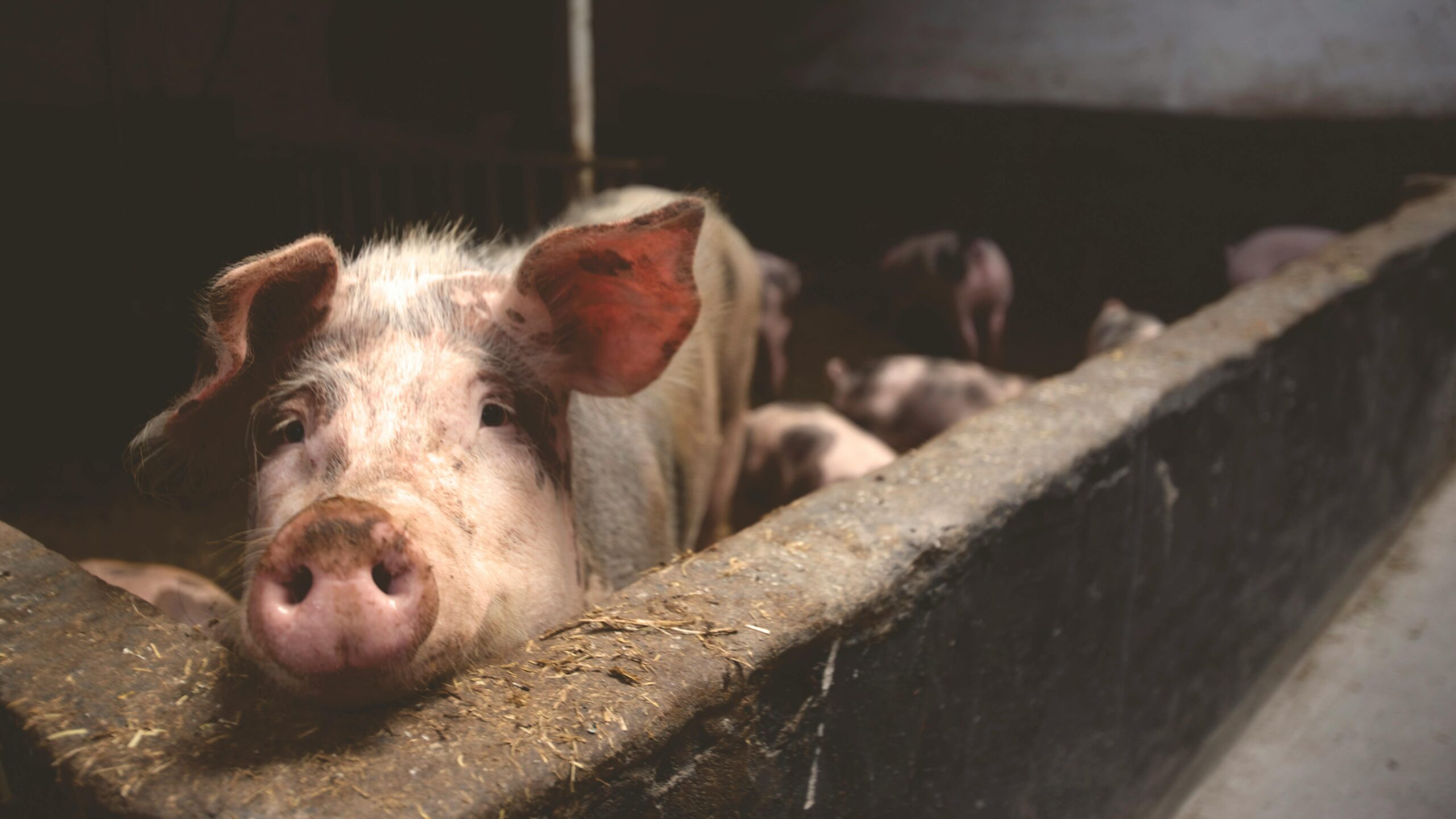A crucial element of the piggery business chain is the market. Thoroughly compiled market information and linkages determine piggery production objectives and profitability due to the corresponding buyer and customer’s requisites which can aid them to access domestic, regional and global markets.
According to the Food and Agricultural Organisation (FAO) document, The Role of Market Information, efficient market information can have positive benefits for farmers, traders and policymakers. Up-to-date, or current, market information enables farmers to negotiate with traders from a position of greater strength. It also facilitates spatial distribution of products from rural areas to urban areas and between urban markets by sending clear price signals from urban consumers to rural producers regarding quantities and varieties required. Securing of markets usually involves vetting of supplier and buyer business and farm documentation, and contract agreements covering factors such as price, supply frequency, product packaging, storage facilities, and logistics, which are important in maintaining product quality.

Selling pork products directly to customers.(Source: pixabay by Caropo92)
Optimum market accessibility for piggeries is also shaped by various macro and micro-economic elements. Micro-economic elements influencing markets include customers, availability of employees, distribution channels and suppliers, availability of investors and media, and the general public. Regarding customers, producers have to ensure that their marketing campaigns attract the right customer base, for example product photography ideas have to align with customers’ desires. Other important factors related to customers are stability of demand, prospects of sales growth, relative profitability, and intensity of competition.
On the supplier side, producers have to be cognizant of their role in the value delivery process, ascertain that the piggery business has the necessary resources to market demands, and be aware of the qualitative and quantitative determinants influencing price changes. In the case of producers selling products via a third-party reseller, or middlemen such as wholesalers and retailers, then the success of the marketing will be highly dependent on them. If let’s say, a certain retail seller has a strong reputation, it will pass on to the farm product.

Marketing pork meat at restaurants and fast-food shops. (Source: pixabay by Paul Brennan)
In the case of competitors, farms have to ensure that sales and marketing strategies understand competitor operations, as their product and its price affects the farmer and can be used to gain an edge over them. Depending on the market target, shareholders and investors may help fund the piggery to meet market volume demands, and it is important to note that inasmuch as including investors can help share risks of operating and often gain support and expertise, some control of the venture may have to be relinquished. Media and the general public can affect the ongoing business image.
Communities often support companies that provide jobs, pay taxes and operate with social and environmental responsibility. Macro-economic elements affecting piggery markets are inflation, employment, consumer spending and a country’s monetary and fiscal policy. According to Investopedia, inflation is a key factor watched by economists, investors, and consumers. It affects the purchasing power of a country’s currency. The higher the inflation the less the purchasing power of the currency. This purchasing power always affects all economic sectors. Federal reserve banks or central banks seek to regulate employment levels through monetary policy stimulus and credit measures.
These policies can ease borrowing rates for piggery businesses to help improve capital spending and business growth, resulting in employment growth. Slow growth or decline in consumer spending suggests a decline in aggregate demand, which affects business performance. Monetary policy measures are typically based on interest rates and access to credit. The tightening of monetary policy indicates rates are rising, making borrowing more costly and less affordable, and vice versa. Loosening of monetary policies is always favourable for agricultural businesses. In sub-Saharan countries dependent on agriculture, a government’s strategies when it comes to fiscal policies have to be favourable.

Pork carcass on a spit. (Source: pixabay by Jim Black)
Low tax rates increase individual and business incentives to work, invest, and save. Poor piggery market information and linkages can result in a lack of connection with customers, growth opportunity loss, higher risk vulnerability, poor business decisions, and ultimately loss of customers to competitors, all of which can be avoided by being vigorous in compiling the information. Good research and linkages can aid increased sales, improved brand recognition, and can also be used to measure brand reputation.
Isabelle Tsakok in her article, The Pivotal Importance of Good Access to Markets for Farmers, states that if governments want to transform their agriculture, they must provide an environment that enables their farmers to be productive and to sell profitably.

Butcheries sell cut pork meat. (Source: pixabay by lessaek1)
Governments that have succeeded in providing such an environment over decades have used a variety of ways, acting along the entire value chain from production, through processing, marketing (domestic and foreign), and on to final consumer demand. The success of this process also relies on support and proactive participation of the piggery private sector as well.









